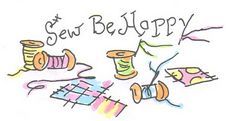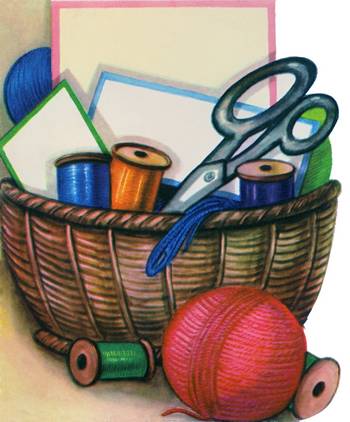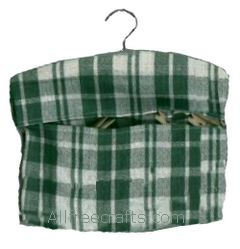Last updated on March 1st, 2018 at 10:10 pm
 Sewing Shortcuts to Save You Sewing Time.
Sewing Shortcuts to Save You Sewing Time.
By Sarah J Doyle
These simple sewing tips will help you organize your next sewing project, reduce frustration and save you time.
For part one and part two of this series, see Choosing the Right Sewing Thread and Choosing the Right Needle
When a deadline is near, shortcuts can mean the difference between it being wise or foolish for an expert or novice to undertake a sewing project. For those home sewers who dislike detail, or those whose temperaments demand that a project must go quickly, shortcuts can mean the difference between continued interest or giving up sewing completely.
Quality must not be sacrificed, and it needn’t be if the entire project is viewed with shortcuts in mind. Consider some of the following shortcut suggestions.
- Rely on easy-to-sew patterns. Easy patterns have fewer pieces, fewer seams and fewer hard to follow details.
- Utilize items which are already available. A favorite
chain or leather belt or scarf can eliminate the need for making a belt or collar.
- If you have a more-than-one size figure, it may be easier for you to purchase separate sizes in patterns for the top and bottom of a garment, just as when buying ready to wear. Or buy patterns styled for your easiest fit that have a minimum of “fitting” requirements.
- Avoid difficult fabrics – unravelly ones, or those that do not feed easily, or the one-way naps. Shun fabric designs that require careful matching such as one-way stripes, plaids or large designs.
- Cut the fabric with right-sides together; the wrong side will then be exposed for quick marking.

- Sew the center seams right after removing the pattern from the fabric.
- When you reach the end of a seam, and before fastening off, check to see if there is another seam that can be fed into the machine; this will make fewer starts and stops, and clipping of loose threads.
- When you don’t have a second seam to feed into the machine, always clip the threads “as you go” to eliminate the need for finding and clipping all loose threads when finished with the project.
 Substitute basting tape or basting-adhesive glue stick for basting stitches whenever practical, even for holding zippers in place. This will eliminate the need to spend time on removal of basting stitches.
Substitute basting tape or basting-adhesive glue stick for basting stitches whenever practical, even for holding zippers in place. This will eliminate the need to spend time on removal of basting stitches.
- With fusible webbing, fuse pockets in position for top-stitching; fuse hems instead of hand sewing them; fuse facings. (Of course the use of this shortcut would be determined by the type of fabric being used).
- When practical, sew in sleeves before sewing the side seams and sleeve seams. If done in this manner, you can make one “side seam” stitching from the cuff to the waist or to the hem of the garment.
About the author:
Copyright © 2004-2014 Sarah J. Doyle. All Rights Reserved
Sarah J. Doyle is author of over 25 sewing, craft and how-to books, as well as author of online pattern making, sewing and craft classes. Visit LearnHowtoSew.com for more tips and how-to information on sewing and crafting.






Leave a Reply